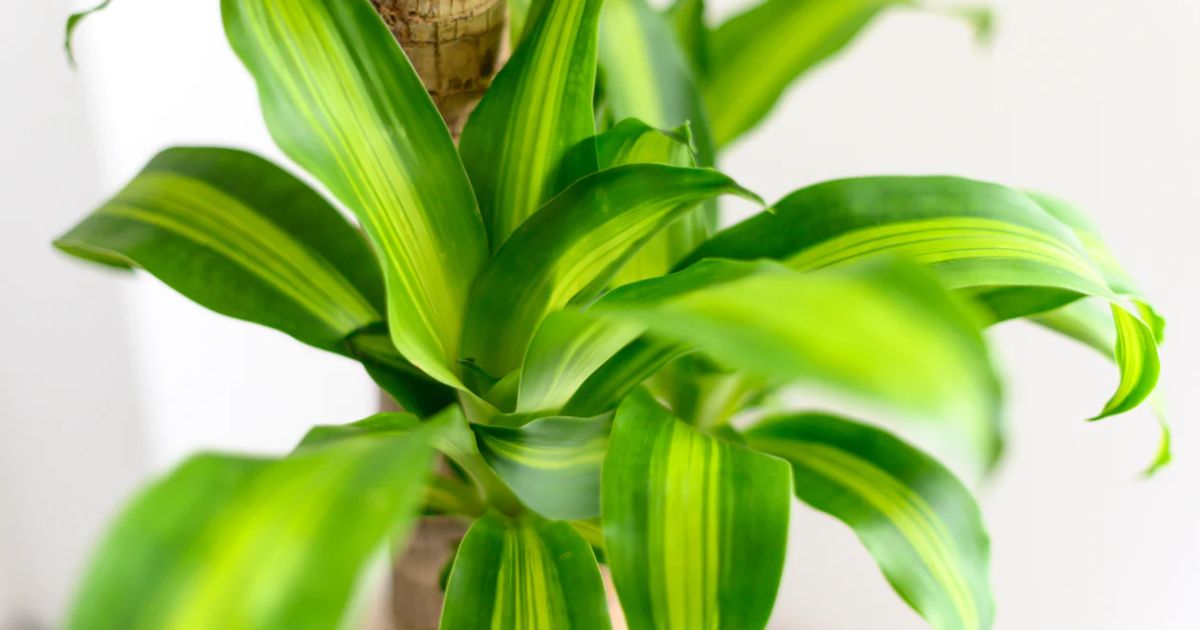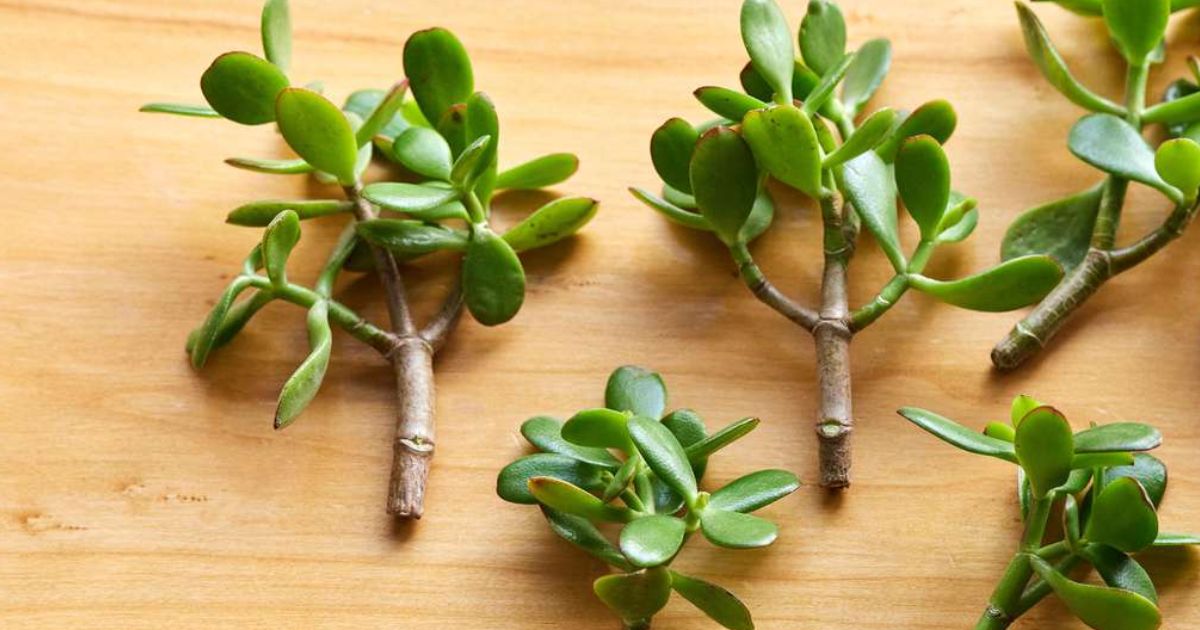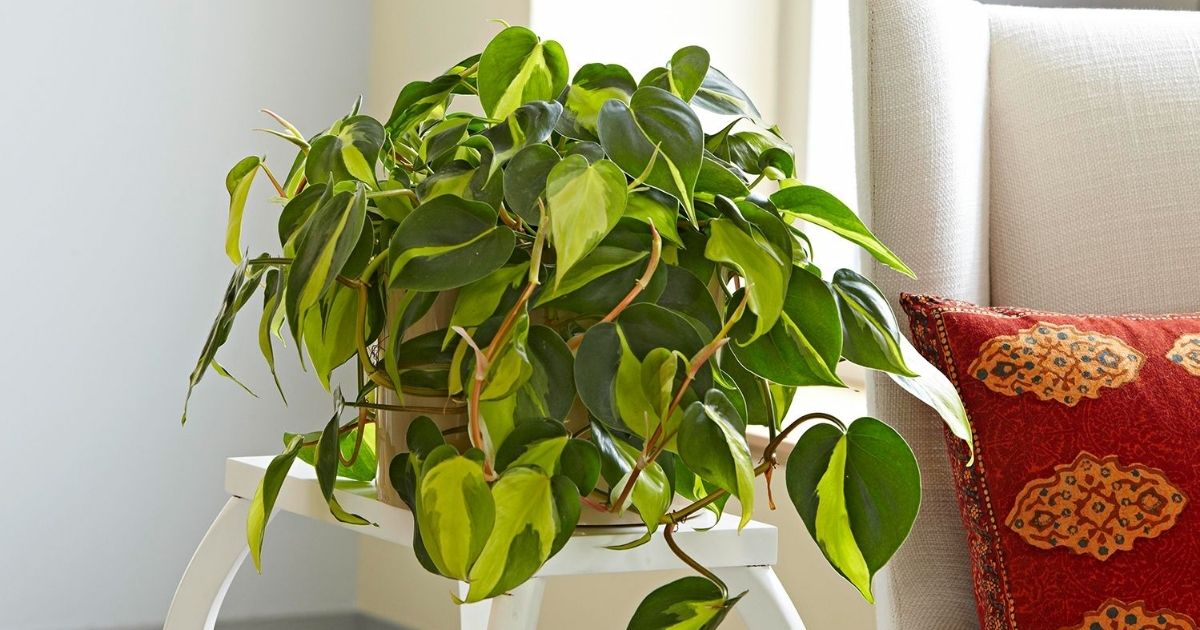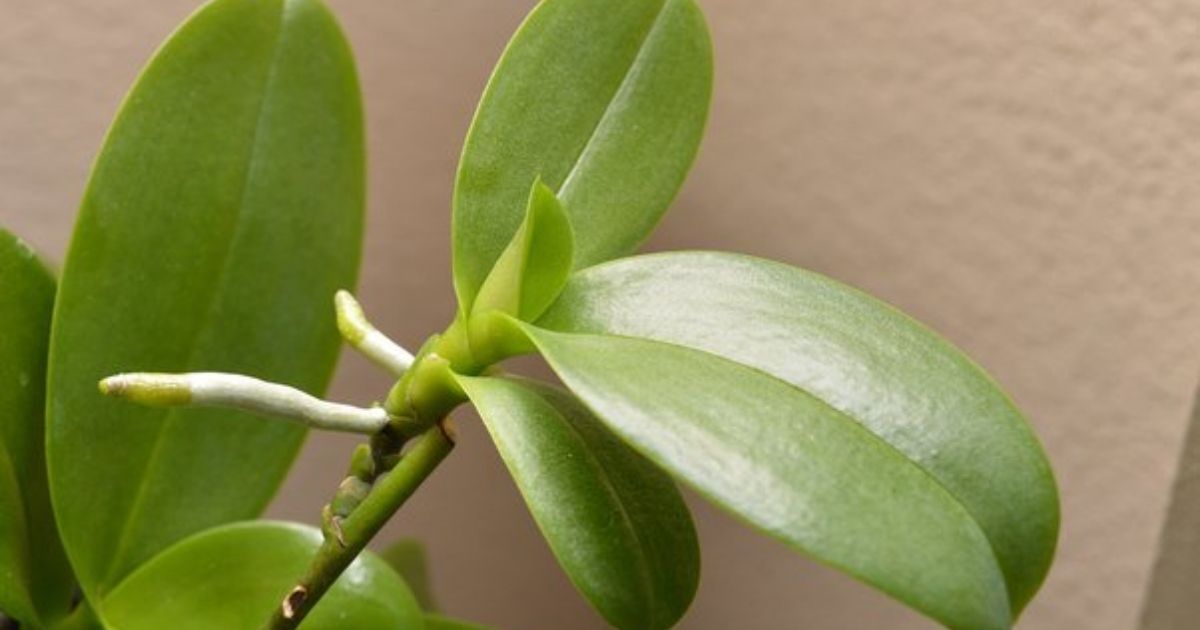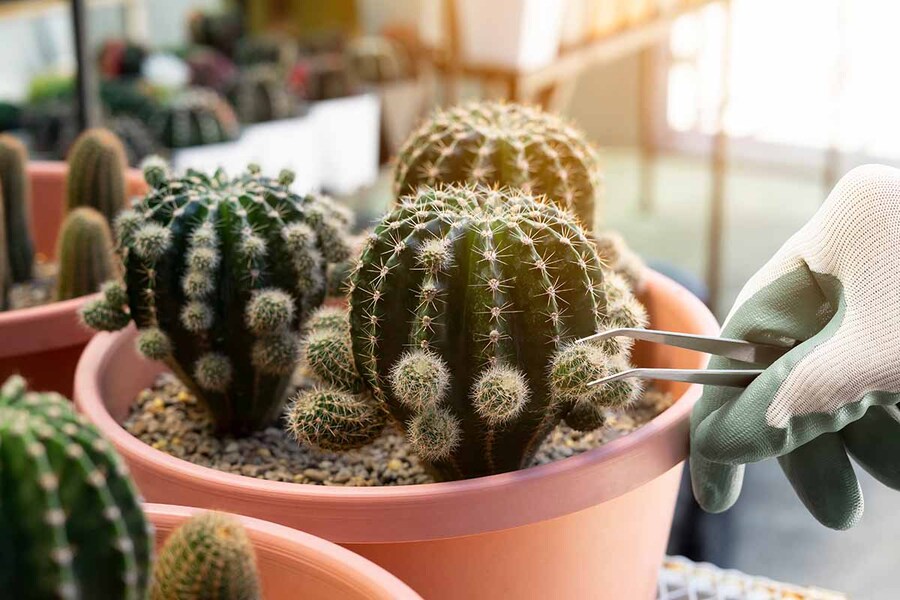7 Easy Houseplant Hydroponic Fruit To Grow
Hydroponics is an excellent approach for growing fruits and vegetables. If you're a beginner wondering about easy houseplant hydroponic fruit to grow, this article reveals what to prepare and which fruit to grow hydroponically. Let's explore how to make your garden a thriving paradise of delightful fruits.
What To Prepare Before Growing Hydroponic Fruit Trees?
While it might not be the traditional choice for landowners, more people are growing fruit trees hydroponically. The key is to replicate the conditions they would typically encounter in soil. Here are some things you need for hydroponic fruit tree cultivation:
Seeds and Starter Trees

Seeds or starter trees? (Source: Youtube JimmyB Harvests)
When growing fruit trees hydroponically, you must decide whether to use seeds or starters from a local garden centre. If you're new to this, it's easier to go with starters because they grow fruit faster to handle.
However, if you want to use seeds because they're more budget-friendly, follow these steps for better results:
- First, soak the seed in a wet napkin until it gets thoroughly wet.
- Once the seed sprouts, plant the seed into your desired substrate.
Here's a crucial thing to remember: hydroponically grown fruit trees may take up to 5 years to mature. You should consider it when choosing which fruits to grow, as other fruits that don't grow on trees develop more quickly.
Lighting
Whether you want to grow hydroponic herbs, fruit trees, or other plants, providing your fruit trees with enough light is critical. Ideally, they require 12 to 18 hours of sunlight, depending on life-cycle.
You can try numerous lighting solutions, such as high-pressure sodium (HPS) lamps, LED growing lights, etc. Check out this Powerplant HPS Lamp, which has a 10% higher light output than standard counterparts. It is a worthwhile investment in grow lights due to minimal manufacturing defects.
Containers
The size of the container you pick for your tree or seed affects how big your tree will get. Thus, it's a good idea to choose a dwarf version of your fruit tree, and you need at least a five-gallon container.
Even when the tree might be smaller than the ones in your yard, it will still bring you lots of fruit during harvests.
Hydroponics Setup
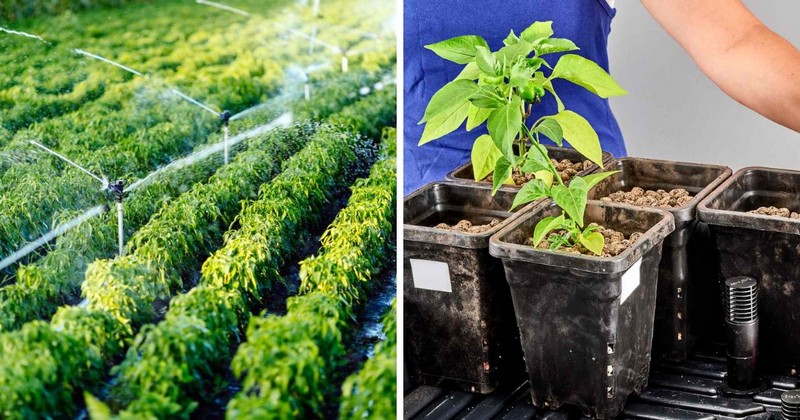
Another factor that affects how your garden turns out is the hydroponics setup. Consider these two popular options:
- Drip irrigation is a highly recommended hydroponic method for growing fruit trees. It uses ten times less water than traditional soil gardening. To do this, you should surround the tree roots with rice husk, perlite, or vermiculite.
- Another common choice is the flood and drain system, which is suitable if you're concerned about algae growth issues. This technique floods the roots with a nutrient-rich solution, giving the trees the needed nutrients.
For more information, check out our last blog: What are hydroponic fruits? It covers the basics and helps you understand everything about hydroponics.
7 Best Hydroponic Fruits To Grow
What can be grown in hydroponics? While it's technically possible to grow any fruit hydroponically, some types thrive more than others in this environment. They are fruits that flourish in a wet setting and, hence, best grow in hydroponic systems.
Strawberries
Normally, strawberries thrive during the warmer months. However, hydroponic gardening allows you to enjoy fresh berries year-round, even in winter. Moreover, growing strawberries this way offers another benefit – producing sizable, juicy berries consistently.
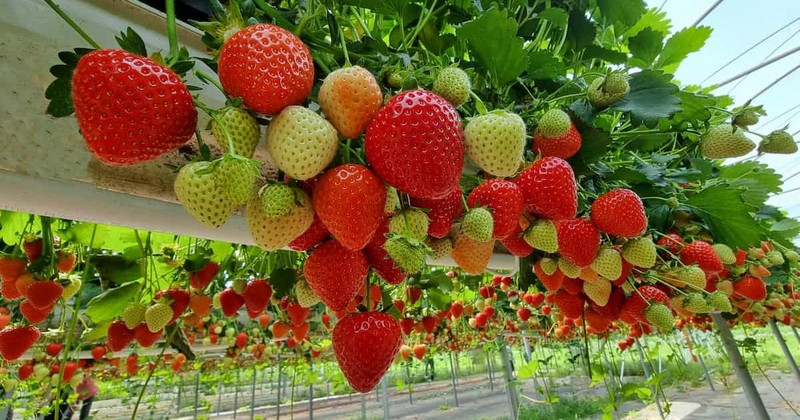
Hydroponic strawberries (Source: Agriculture Magazine)
But that's not all.
Growing strawberries hydroponically is surprisingly easy, making them an excellent choice for beginners and enthusiasts. With this beginner-friendly nature, strawberries rank among the most popular hydroponic fruits on a commercial scale.
There are two main types of strawberries for hydroponics:
- Day-neutral berries are commonly used by hydroponic farmers because they are easy to manage.
- Short-day strawberries start producing flower buds when exposed to fourteen hours of daylight per day or less.
For those working with an indoor hydroponic setting, we recommend using these day-neutral varieties:
- Tribute produces medium-to-large berries.
- Seascape offers good-sized fruit with a sweet flavor.
- Albion is known for its superior taste and large fruit.
- Mara de Bois is highly productive, firm, and flavorful.
- Quinault features wide berries and is highly self-pollinating.
While various hydroponic setups can support strawberry growth, we recommend the Nutrient Film Technique (NFT). NFT will facilitate proper support and nutrition for the fruit.
Blueberries
Growing blueberries hydroponically is a rewarding experience, allowing growers to build an environment tailored to the specific needs of blueberry plants. These fruits flourish in moist environments and, hence, in hydroponic systems under controlled and perfect growing conditions.
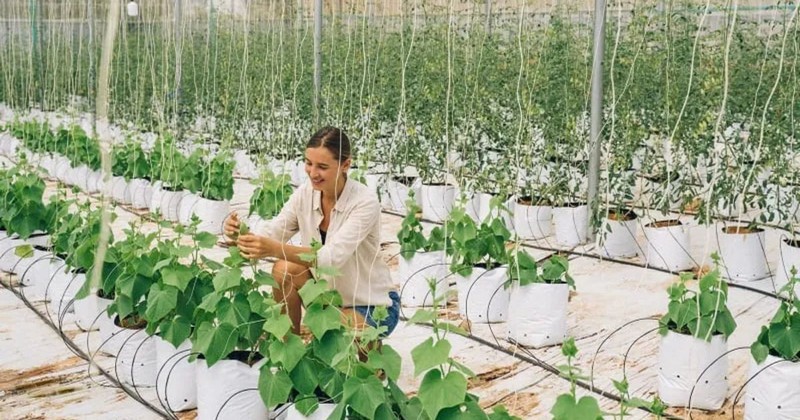
(Source: AGQ Labs USA)
Blueberries need a highly acidic setting, with a pH range between 4.5 and 5.8. Maintaining an acidic solution is vital, as alkaline conditions delay nutrient uptake. Therefore, you need a hydroponic system with precise control over pH levels, ensuring an environment conducive to blueberry growth.
Here are more tips to help your blueberries thrive:
- Unlike other fruits, blueberries necessitate more than 80 ppm (parts per million) of sulfur to support their growth. Consider investing in sulphur prills to ensure the plants receive sufficient nutrients.
- An organic approach is planting blueberries alongside garlic. Garlic produces sulphur, which provides a natural nutrient source for berries.
- Blueberries flourish under 12 to 16 hours of light daily. So, provide this optimal light period for the health and productivity of blueberry plants.
See more: Best hydroponic herbs.
Raspberries
Raspberry is another option when considering hydroponic fruits to grow. It is an efficient and space-saving approach for year-round berry production. Understanding the two main types of raspberries, Floricane and Primocane, is essential for a successful hydroponic setup.
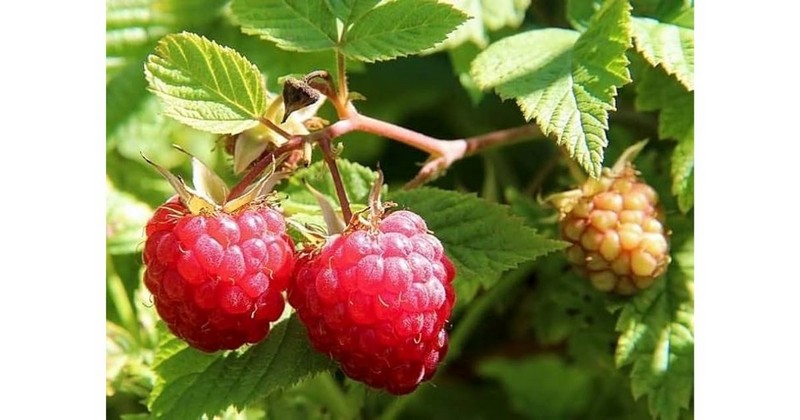
Primocane raspberries are valuable due to their continuous berry production throughout the year. These varieties require less space, making them well-suited for the compact nature of hydroponic systems.
Some things you need to know about your hydroponic raspberries:
- They need up to 12 hours of daily light while can also survive with a minimum of 6 hours.
- Many recommend choosing raspberry transplants over seeds to handle them more easily.
- You should maintain a pH balance from 5.8 - 6.5 and room temperatures from 71.6 - 75.2 degrees Fahrenheit.
With the right conditions, growers can harvest hydroponic raspberries throughout the year, getting a continuous supply of fresh berries.
Cranberries
If you are a berry fan, how about growing cranberries hydroponically?
Although requiring more space, hydroponic cranberries are a unique method for producing high yields. These berries also need highly acidic conditions (pH around 4.5) and elevated growth. Therefore, they are suitable for setups like wick or aeroponic systems.
For successful hydroponic cranberry cultivation:
- Keep indoor temperatures from 72°F - 74°F during the day and 68°F to 70°F at night.
- Ensure they receive the required chilling hours, varying based on the berry species, for the best results.
Watermelons
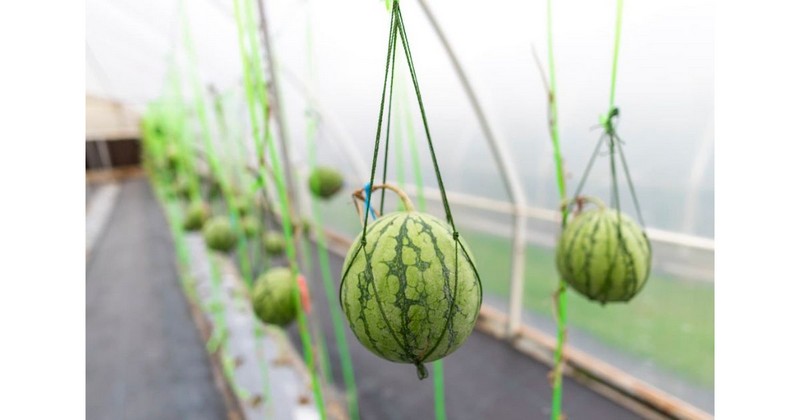
(Source: Agriculture Magazine)
Growing watermelons hydroponically allows you to enjoy this favorite summer fruit year-round. Despite their size and weight concerns, watermelons grow well in hydroponic systems with sturdy trellises or supports to hold the heavy fruit.
Most hydroponic systems, especially ebb and flow setups, are well-suited for watermelons. In an ebb-and-flow system, a single reservoir with nutrient solution efficiently feeds multiple plants. Also, clay pebbles and coconut coir are popular and effective growth mediums, offering durability and excellent water retention.
Follow these tips to take care of your hydroponic watermelons:
- Ensure up to 10 hours of direct light daily for watermelons, especially in indoor setups. You should invest in specialised indoor grow lights for sufficient brightness.
- Remember to regularly trim leaves to prevent them from blocking light to the watermelons.
- Due to the weight of watermelons, traditional net pots are not enough. Instead, get a sturdy support structure, such as a trellis or DIY setup, to support the melons throughout their growth cycle.
Cantaloupe
Cantaloupe, among the most globally favoured melons, is also a suitable hydroponic fruit to cultivate. However, growing cantaloupe using this method brings a manageable challenge compared to watermelons.
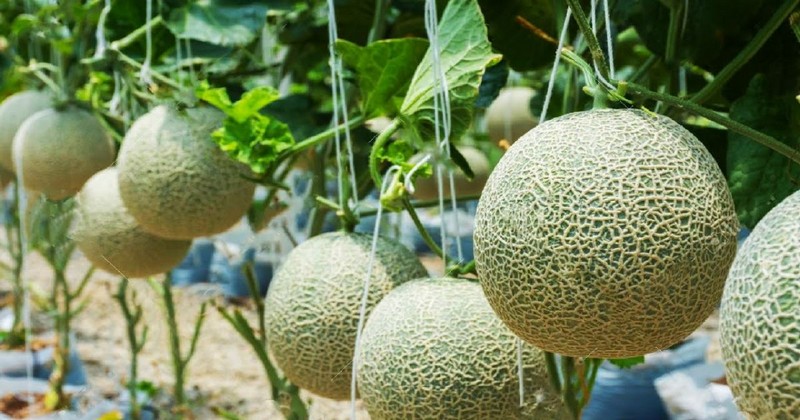
(Source: Youtube)
Water culture hydroponic systems are ideal for cantaloupes' broad leaves and oxygenation needs. This setup ensures sufficient oxygenation near the roots, vital for nutrient absorption. To help the systems bring out the best results, you can install a bubble stone to enhance the oxygen supply to the roots.
Further, cantaloupes and muskmelons thrive between 72 and 90 degrees Fahrenheit. Growers must maintain optimal humidity and temperature for a successful fruit set. So, implement measures to control temperatures, including night-time reduction, to mimic natural conditions.
The problem is that cantaloupe seeds are costly, so try to avoid transplanting later. We recommend sprouting melon seeds inside Rockwool for optimal moisture.
Lastly, you must train cantaloupe vines to prevent them from overwhelming other plants:
- Prepare a sturdy trellis to manage tendrils and stems.
- Regularly trim excessive tendrils.
- Ensure that stems grow away from other plants.
Grapes
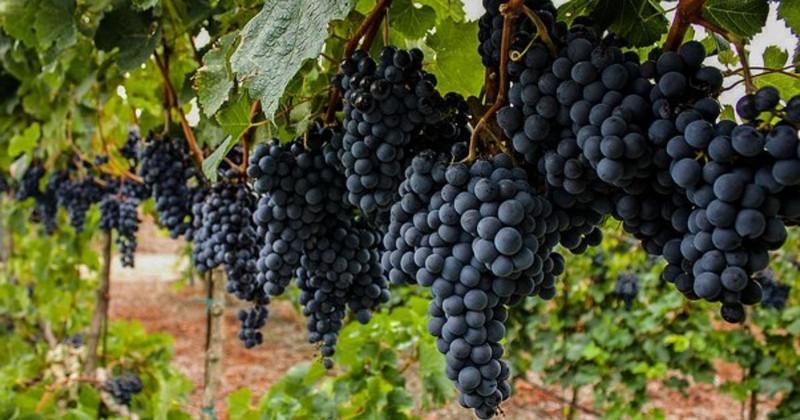
If you want to have juicy grapes throughout the year, cultivate them in a hydroponic garden. With this setup, you can use space efficiently and reduce the risk of fruit rot disease. Also, hydroponic supports climbing vines, ensuring healthier and juicier grapes due to effective weight management.
Then, which hydroponic systems should you choose? The answer is drip irrigation.
This method stands out as the preferred system for grape cultivation, maintaining ideal moisture levels while helping roots dry. As a result, grapes have higher sugar content, better skin quality, and a juicier texture.
- What you need to complete the setup is Dutch buckets - despite their small size, they provide ample space. Also, you must prepare strings, trellis, or wires to reduce the climbing vines and support the fruit's weight.
- Then, surround grape roots with well-draining substrates like coco fibre or perlite.
Pro tip: Growing grapes from cuttings, not seeds, will bring better results.
Frequently Asked Questions
What is the easiest fruit to grow hydroponically?
Strawberries are often considered the easiest fruit to grow hydroponically due to these reasons:
- They are small, adaptable to different setups, and thrive in controlled environments.
- Strawberries are self-pollinating, so they don't rely on external pollinators.
- They have a short growing cycle and beginner-friendly features.
What cannot be grown hydroponically?
While you can technically grow any plant hydroponically, some are not recommended due to specific needs. For example, plants needing lots of space, like bamboo, may not be ideal. Also, plants requiring abundant sunlight, like sunflowers and corn, can pose challenges in hydroponics.
See more: How to grow hydroponic plants?
The Final Thoughts
The highlighted hydroponic fruits – berries, watermelons, cantaloupe, and grapes – provide a consistent fresh produce supply. Whether you're an experienced gardener or just starting, let's enjoy the benefits of growing fruits hydroponically and discover the joy of homegrown goodness with us. Follow for more!
